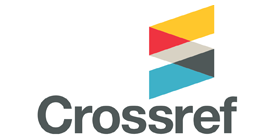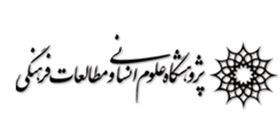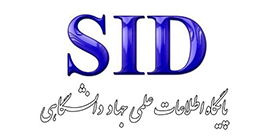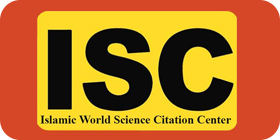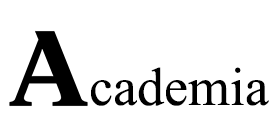A Comparative Study of Hope Therapy and Schema Therapy Interventions on Assertiveness and Self-esteem in Divorced Female Heads of Households
Keywords:
Divorced female, Heads of the household, Hope therapy, Schema therapy, Assertiveness, Self-esteemAbstract
Purpose: Divorced female heads of households often face significant psychological challenges as a result of stressful life circumstances. The present study aims to examine the effectiveness of hope therapy and schema therapy in improving levels of assertiveness and self-esteem among divorced female heads of households. Methods and Materials: The present study was a semi-experimental design with pre-test, post-test, two-month follow-up, and four-month follow-up phases, involving three groups consisting of two experimental groups (hope therapy and schema therapy) and a control group. The statistical population for this study consisted of all divorced female heads of households receiving support from the Imam Khomeini Relief Committee in District 19, Tehran, from July to December 2023. The sample consisted of 42 participants (14 in the hope therapy group, 12 in the schema therapy group, and 16 in the control group), chosen through purposive sampling. The hope therapy group underwent eight 90-minute sessions once a week in person, while the schema therapy group underwent twelve 90-minute sessions once a week. Measurement tools utilized were the Gambrill-Richey Assertion Inventory (GRAI) and the Coopersmith Self-esteem Inventory (CSEI). Data analysis was conducted using the Kruskal-Wallis H test, repeated measure ANCOVA, and Bonferroni post hoc test, with SPSS 27 and JASP version 0.18.1.0 software at a P-value of 0.05. Findings: The results indicate that the P-value for the Assertiveness variable was significant (p<0.001), suggesting a notable difference between the research groups. Additionally, the P-value for the interaction effects between time and groups for Assertiveness was significant (p=0.003). Similarly, the P-value for the Self-esteem variable was significant (p<0.001), indicating a notable distinction between the research groups. Additionally, the P-value for the interaction between time and groups, as well as the significance level for the intra-group effects on Self-esteem, were both found to be significant at a level of p<0.001. Conclusion: In the current study, findings revealed that hope therapy is more successful than schema therapy in enhancing assertiveness among divorced female heads of households. Hence, it is advisable to utilize hope therapy to boost assertiveness in this group. Conversely, although hope therapy did not impact self-esteem, schema therapy led to an improvement in self-esteem for divorced female heads of households. Therefore, therapists and healthcare providers can incorporate both hope therapy and schema therapy, along with other interventions, to enhance various health-related attributes in divorced female heads of households.




